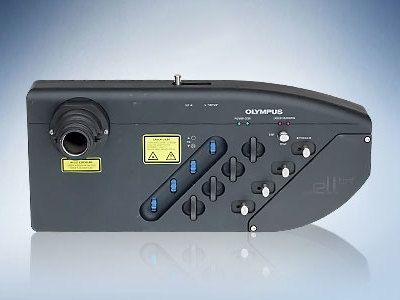Total internal reflection fluorescence (TIRF) microscopy has become firmly established over the last few years as a key technique in the investigation of molecular interactions at or near the cell surface. Olympus is experienced in providing advanced TIRF solutions and cellTIRF family takes this technology to the next level with a series of peerless features such as highly advanced optics, unique independent laser control and exceptional accuracy. The cellTIRF-4Line system is easy to use for TIRF, single molecule localization microscopy and FRAP for a range of experimental protocols.
Principles of TIRF Microscopy
Traditional widefield microscopes illuminate the entire depth of a sample. Total Internal Reflection Fluorescence (TIRF) microscopy is used to acquire images of a very thin section with high resolution. This is done through the use of a laser beam that is precisely positioned in the objectives back focal plane. Doing so creates an angle ideal for total internal reflection of the laser beam so that it can also be collected by the objective lens. Therefore, the laser beam never actually transmits through a sample during TIRF, and instead only a small area within roughly 200 nm of the coverslip is illuminated by an evanescent field. This evanescent field is caused by a difference in refractive indices between the sample and the glass coverslip on which it sits, and is responsible for the high signal-to-noise ratio of TIRF images.
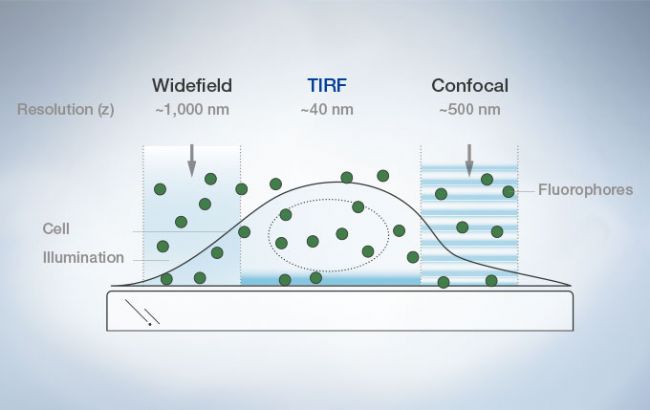
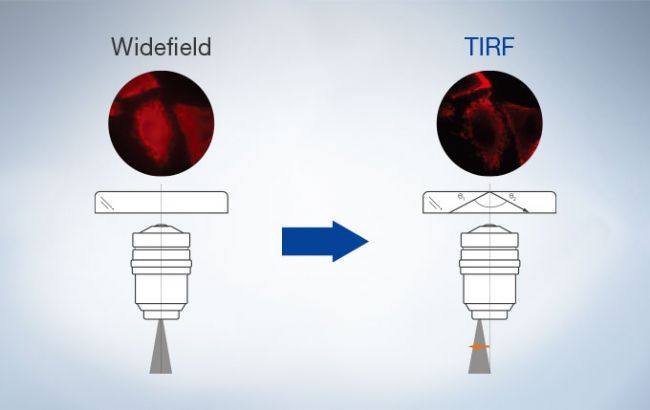
True Multicolor TIRF with Independent Angle Control
Olympus cellTIRF-4Line system enables ultra-sensitive, simultaneous multicolor TIRF using four laser channels with independent beam paths. Individual motorized angle control for each laser ensures equal evanescent penetration (±1 nm), which enables the user to produce high-contrast images with minimal background noise for cell surface and single molecule studies.
Since the angle of each laser source is independently motorized, their penetration depths can be synchronized across each wavelength using cellSens software. This also provides key data about the penetration depths that are possible with each laser/objective pair.
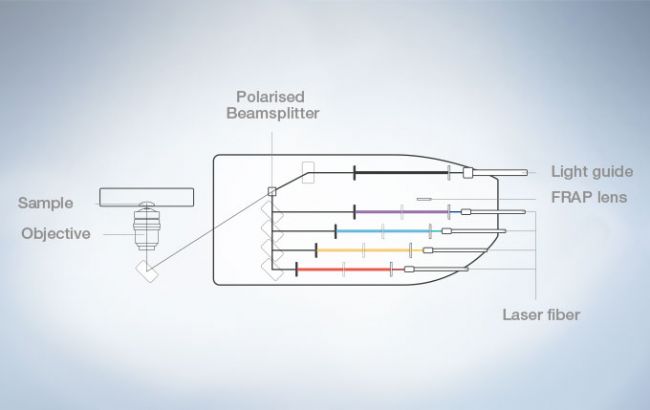
Ease of Use
Switching between widefield burner, widefield laser illumination, critical angle or even two different preset penetration depths, is as simple as pushing a single button. The Experiment Manager also enables the penetration depth to be changed during the course of an experiment.
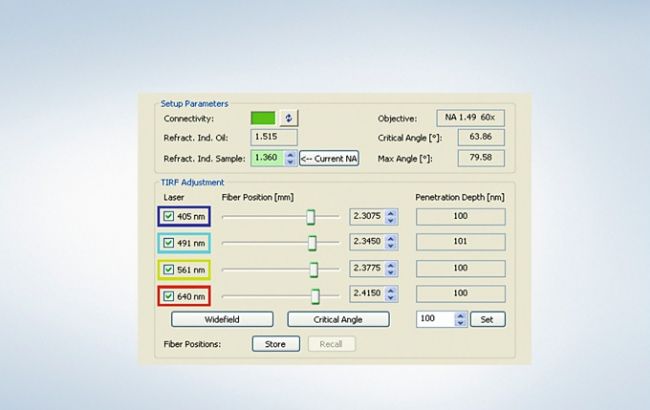
The Advanced TIRF Objective Family
Olympus offers four dedicated TIRF objectives with exceptional optical quality. The 100x objective, with an NA of 1.7, provides the highest resolution currently available. For greater magnification, a 150x (1.45 NA) objective is also available. These advanced TIRF objectives allow investigation to now be made with single molecule precision. New 100x and 60x objectives offer an increased NA of 1.49 to ensure exact angle control and shorter penetration depth - a great advantage for cell membrane studies.
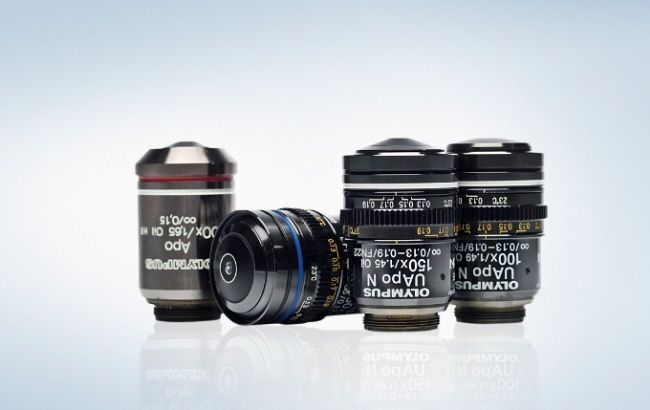
Broad Range of cell* Lasers
The cell* laser family consists of 11 compact, silent and long-life diode and DPSS lasers from 405 to 640nm, with laser power of up to 300 mW. The lasers are self-configured in the Olympus cellSens software using the intelligent ODB (Olympus Digital Bus) connection. Shuttering and attenuation can be performed in real-time using the Experiment Manager.
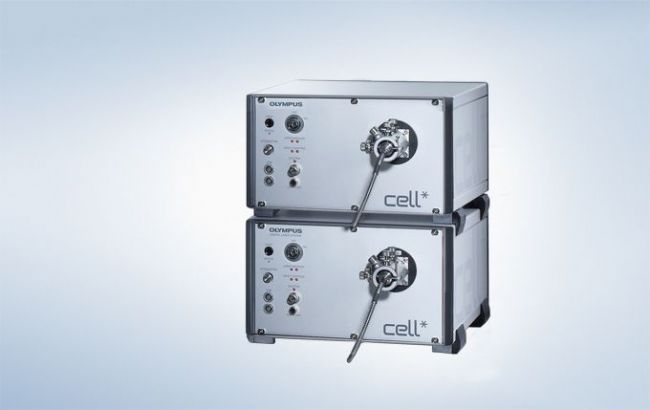
HILO Microscopy for Light-sensitive Applications
The cellTIRF-4Line system provides the ideal optical settings for advanced HILO (highly inclined laminated optical sheet) microscopy. By using a highly inclined, thin light beam, image intensity is increased and background intensity decreased, yielding a signal-to-background ratio about eight times greater than that of epi-illumination. HILO microscopy is especially useful for observing light-sensitive, living tissue and for performing time-lapse studies.

Point FRAP
Olympus cellTIRF-4Line system has integrated point FRAP optics for the first laser line. This enables FRAP and photo-switching experiments without additional cost. Turning a button on the TIRF illuminator switches the light from one laser into a refraction-limited spot, allowing photomanipulation. The sample can then be imaged using the remaining TIRF lasers or through widefield microscopy. The real-time controller offers a switching time of 100 microseconds and outstanding data quality for these protocols.
bio-equip.cn




